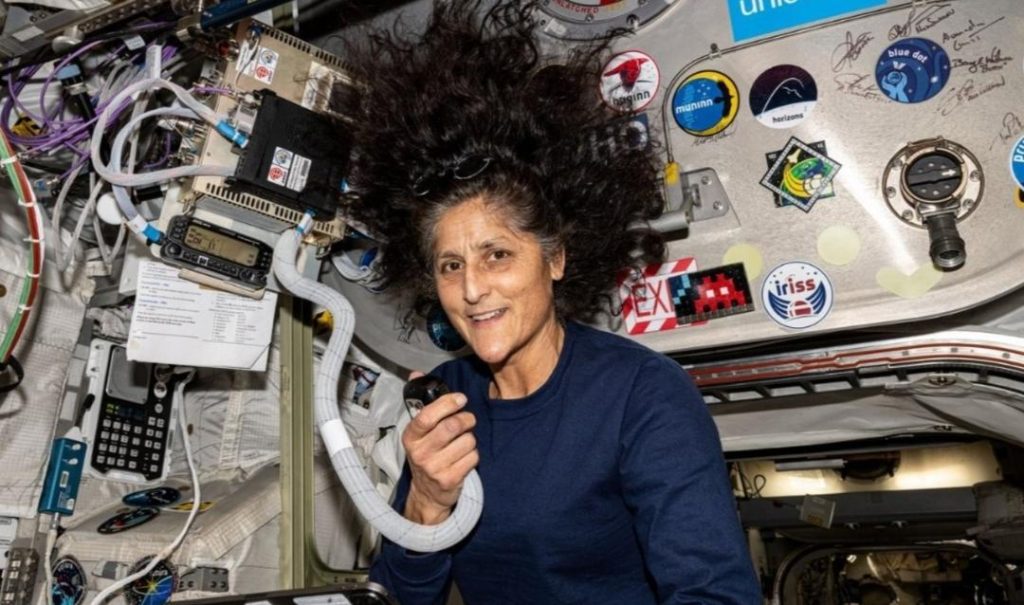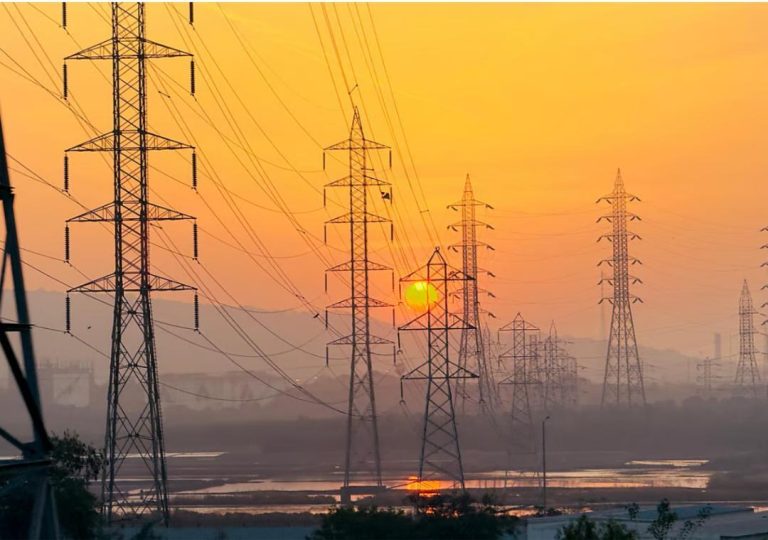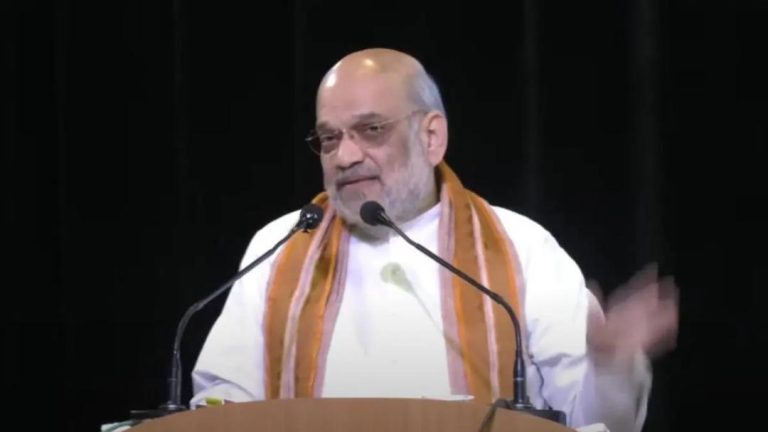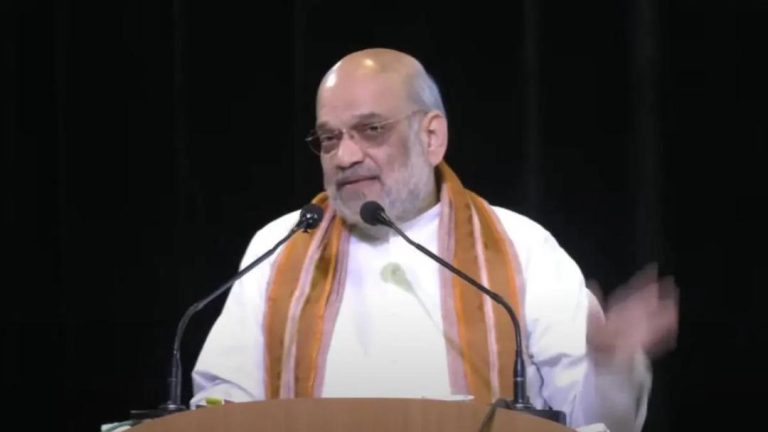
What Scientific Milestones Were Achieved by Williams & Her Team?
The International Space Station (ISS) has been a hub of scientific exploration and innovation since its inception. The crew on board the ISS, comprising NASA astronauts Nick Hague, Butch Wilmore, Sunita Williams, and cosmonaut Aleksandr Gorbunov, achieved several remarkable scientific milestones during their time on the orbiting laboratory. In this blog post, we’ll delve into the significant scientific achievements made by Williams and her team, highlighting their groundbreaking research and technological advancements.
Plant-Related Studies
One of the primary focuses of the crew was plant-related studies. The team conducted extensive research on plant growth and development in microgravity. This research aimed to better understand how plants adapt to space environments, which is crucial for future long-duration space missions. The study involved growing various plant species, including Arabidopsis thaliana, a popular model organism in plant biology, and monitoring their growth patterns, root development, and responses to different stimuli.
The findings of this research have significant implications for future space missions, as they provide valuable insights into the challenges of growing plants in space. The study also shed light on the potential benefits of using plants as a food source for astronauts during long-duration missions.
Earth Observation
Butch Wilmore, a NASA astronaut, spent a significant amount of time capturing thousands of images of Earth from space. These stunning images allowed scientists to monitor urban growth, climate change, and natural disasters from a unique perspective. The images provided valuable data on the impact of human activities on the environment, including deforestation, pollution, and climate change.
The images also helped scientists to better understand the dynamics of natural disasters, such as hurricanes, wildfires, and floods. By analyzing these images, researchers can gain insights into the causes and effects of these disasters, ultimately informing strategies for mitigation and response.
3D Printing of Implantable Medical Devices
The crew also tested the feasibility of 3D printing implantable medical devices in microgravity. This research aimed to explore the potential of additive manufacturing in space, which could revolutionize the production of medical devices. The study involved printing implantable devices, such as bone grafts and surgical instruments, using a specialized 3D printer.
The findings of this research have significant implications for the medical community, as they provide insights into the potential benefits of 3D printing in space. The study also highlighted the challenges of 3D printing in microgravity, including the need for specialized equipment and materials.
Astronaut Health and Fire in Space
In addition to these scientific milestones, the crew on board the ISS also focused on astronaut health and safety. The team conducted extensive research on the effects of space travel on the human body, including the impacts of microgravity on muscle mass, bone density, and vision.
The crew also dealt with a significant challenge during their time on the ISS – a fire on board the station. The fire was quickly extinguished, and the crew was able to continue their scientific research without incident. However, the fire highlighted the importance of fire safety and emergency preparedness in space.
Conclusion
The crew on board the ISS, led by Sunita Williams, achieved several remarkable scientific milestones during their time on the orbiting laboratory. Their research on plant growth, Earth observation, and 3D printing of implantable medical devices has significant implications for future space missions and the scientific community.
The crew’s focus on astronaut health and safety also underscores the importance of prioritizing the well-being of those who spend extended periods in space. The challenges faced by the crew, including the fire on board the station, highlight the need for careful planning and preparation for emergency situations.
As we continue to explore the vastness of space, it is essential that we build on the achievements of Williams and her team. By doing so, we can ensure that future space missions are safe, successful, and driven by scientific innovation.
Source:





